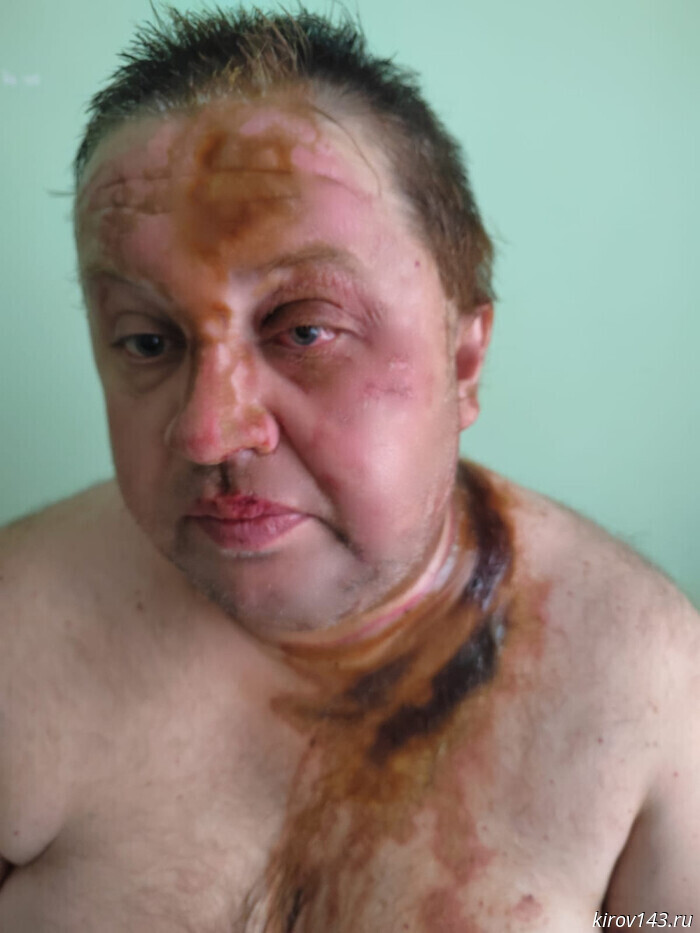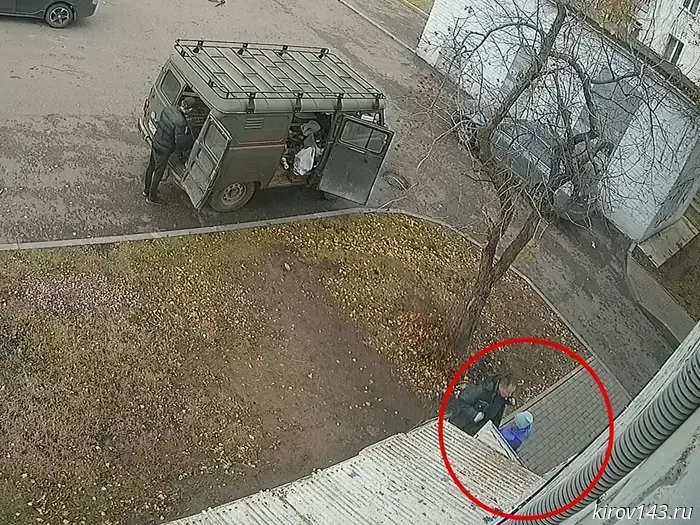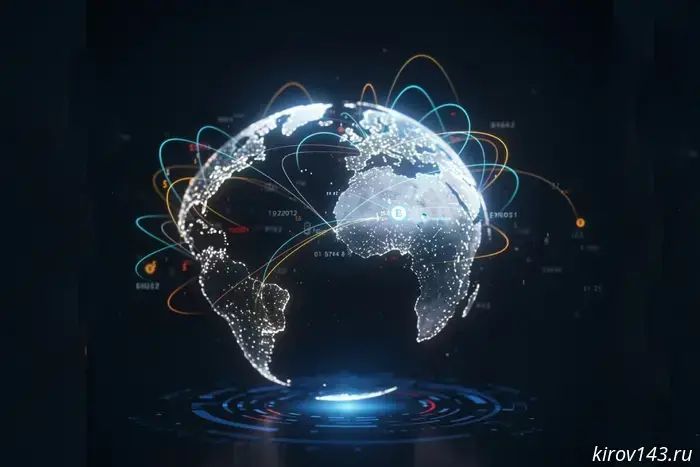"Saving a patient is a collective effort": an intensive care physician talked about her work
Anna Balyberdina has been working at the Kirov Center for Traumatology, Orthopedics and Neurosurgery for 32 years. She worked her way up from nurse to head of the resuscitation and intensive care unit and knows well how the profession has changed over three decades.
Anna Mikhailovna recalls that medicine looked very different in the early 1990s. Back then the ward used rubber reusable infusion sets, blood pressure was taken manually, and nurses made rounds every two hours to check each patient’s pulse and make sure the readings were normal. Today all of that is done by equipment: modern monitors and ventilators and respiratory devices allow staff to see each patient’s condition in real time. Large screens are installed in the staff room and at the nurses’ station that display data from all the machines. This helps doctors react and make decisions more quickly when every minute counts.
The unit has a modern ultrasound machine that allows catheterization to be performed under ultrasound guidance, and during the pandemic they acquired a device for prolonged renal replacement therapy. Previously such patients had to be transferred to other hospitals; now care is provided on site. The doctor notes that technological development has been a huge step forward, but the main force in medicine remains people.
Anna Balyberdina emphasizes that successful treatment is impossible without a well-coordinated team. She says there are no miracles in medicine: saving a patient is the result of the combined efforts of doctors, nurses and orderlies.
The doctor recalls a case from practice when, in the late ’90s, a young man with a severe traumatic brain injury was admitted to the ward. The patient’s condition remained critical for a long time, and treatment and rehabilitation took two months. In the end he made a full recovery, started a family and still stays in touch with the ward, congratulates the doctors on holidays and thanks them for saving his life.
Despite her many years of experience, Anna Balyberdina admits it is impossible to get used to losses. Every unsuccessful case stays in memory, forcing reflection and doubt about whether something could have been done differently. It is especially hard when children die — according to the doctor, one cannot come to terms with that or learn to feel calm about it.
To maintain her inner balance, Anna Balyberdina has practiced sports for many years. Even after tough shifts she goes to the gym — it helps her cope with stress. She loves to travel, especially to Asia, where, she says, people have a different attitude to life and take difficulties more lightly.
She advises her young colleagues to develop stress resilience, not to close themselves off to life outside work and to make time for hobbies. In her view, in this profession it is important not only to have knowledge of anesthesiology but also to understand related fields of medicine — only then can one make the right decisions and help people in the most difficult moments.
Другие Новости Кирова (НЗК)
 Igor Ronzhin, beaten in August, is undergoing treatment; the investigation into the assassination attempt continues.
Igor Ronzhin, a member of the Kirov Oblast Election Commission with an advisory vote representing the Communist Party (KPRF) and an assistant to Legislative Assembly deputy Sergey Mamaev, continues to receive treatment after a brutal attack in August in the town of Sosnovka, Vyatskopolyansky District.
Igor Ronzhin, beaten in August, is undergoing treatment; the investigation into the assassination attempt continues.
Igor Ronzhin, a member of the Kirov Oblast Election Commission with an advisory vote representing the Communist Party (KPRF) and an assistant to Legislative Assembly deputy Sergey Mamaev, continues to receive treatment after a brutal attack in August in the town of Sosnovka, Vyatskopolyansky District.
 Chepurnykh remains unidentified to this day.
For almost two years the Kirov police "have been unable to identify" former judge Marat Chepurnykh, who is shown on video beating Kirov resident Nina Morozova.
Rahim Azimov will help equip the Falensky Museum with modern equipment.
In the Falensky District, the modernization of the local history museum, one of the area's key cultural institutions, is ongoing. State Duma deputy of the Russian Federation Rakhim Azimov, district head Sergey Churin, and museum director Natalya Kropotina discussed the completion of the building's major repairs and equipping the institution with modern equipment.
Taureans should remain silent, and Libras will be dangerous.
Astrologers have revealed how the last working day of this week will go for each zodiac sign.
Chepurnykh remains unidentified to this day.
For almost two years the Kirov police "have been unable to identify" former judge Marat Chepurnykh, who is shown on video beating Kirov resident Nina Morozova.
Rahim Azimov will help equip the Falensky Museum with modern equipment.
In the Falensky District, the modernization of the local history museum, one of the area's key cultural institutions, is ongoing. State Duma deputy of the Russian Federation Rakhim Azimov, district head Sergey Churin, and museum director Natalya Kropotina discussed the completion of the building's major repairs and equipping the institution with modern equipment.
Taureans should remain silent, and Libras will be dangerous.
Astrologers have revealed how the last working day of this week will go for each zodiac sign.
 The new reality of international trade: how the landscape of cross-border payments is changing
In the first half of 2025, Khlynov Bank's payment network tripled. This growth indicates a positive trend: an increasing number of foreign financial institutions willing to cooperate with Russian companies. The practice of working with small Chinese banks remains particularly resilient, as they continue to process payments from Russian businesses without interruption.
The new reality of international trade: how the landscape of cross-border payments is changing
In the first half of 2025, Khlynov Bank's payment network tripled. This growth indicates a positive trend: an increasing number of foreign financial institutions willing to cooperate with Russian companies. The practice of working with small Chinese banks remains particularly resilient, as they continue to process payments from Russian businesses without interruption.
"Saving a patient is a collective effort": an intensive care physician talked about her work
A physician at the Center for Traumatology, Orthopedics and Neurosurgery shared how the work of anesthesiologist–intensivists has changed over the past 30 years and why one can never get used to patients' pain.
